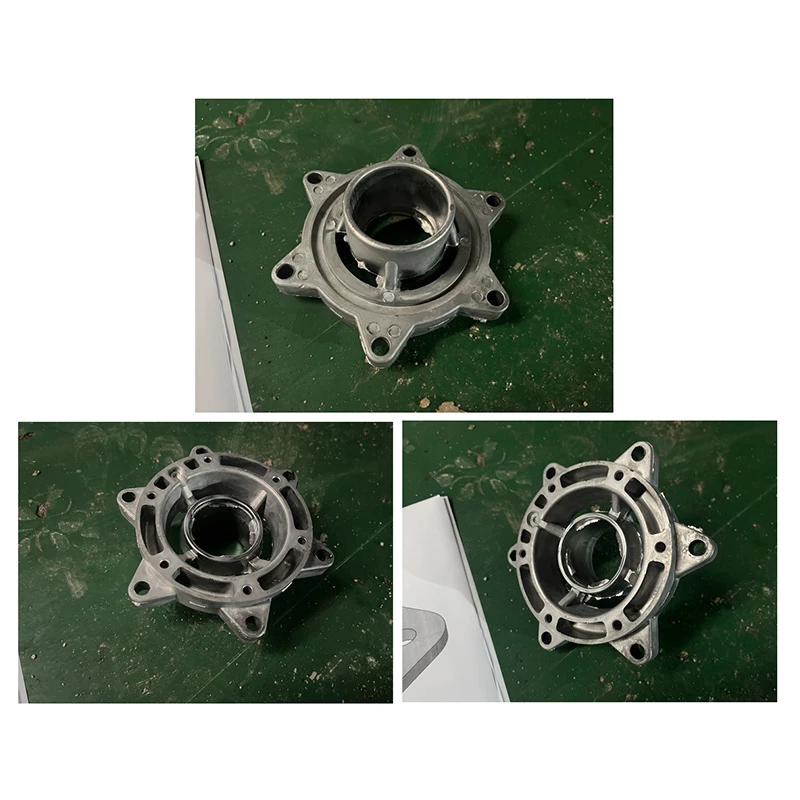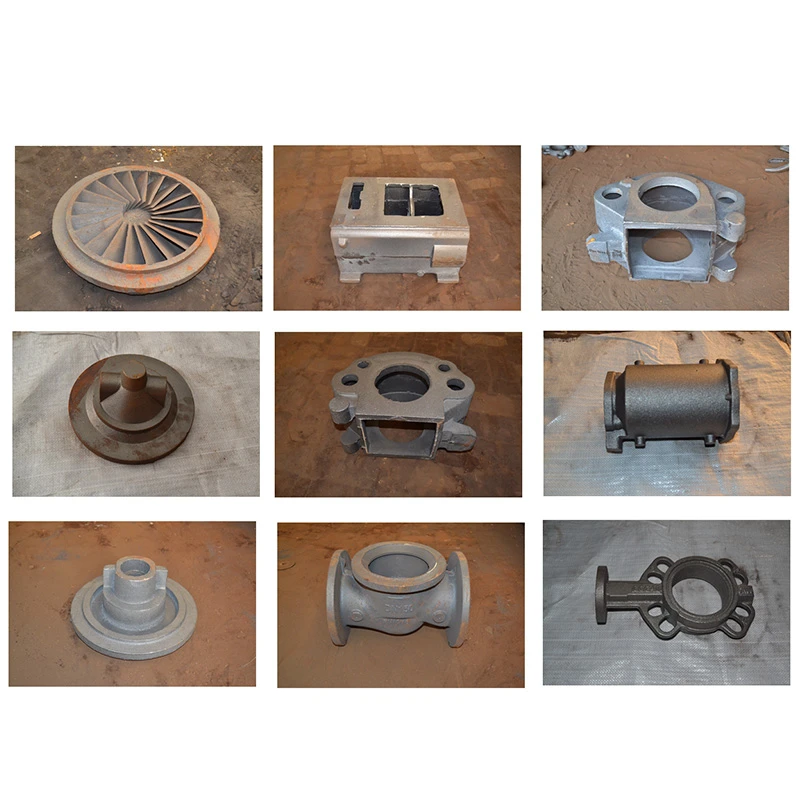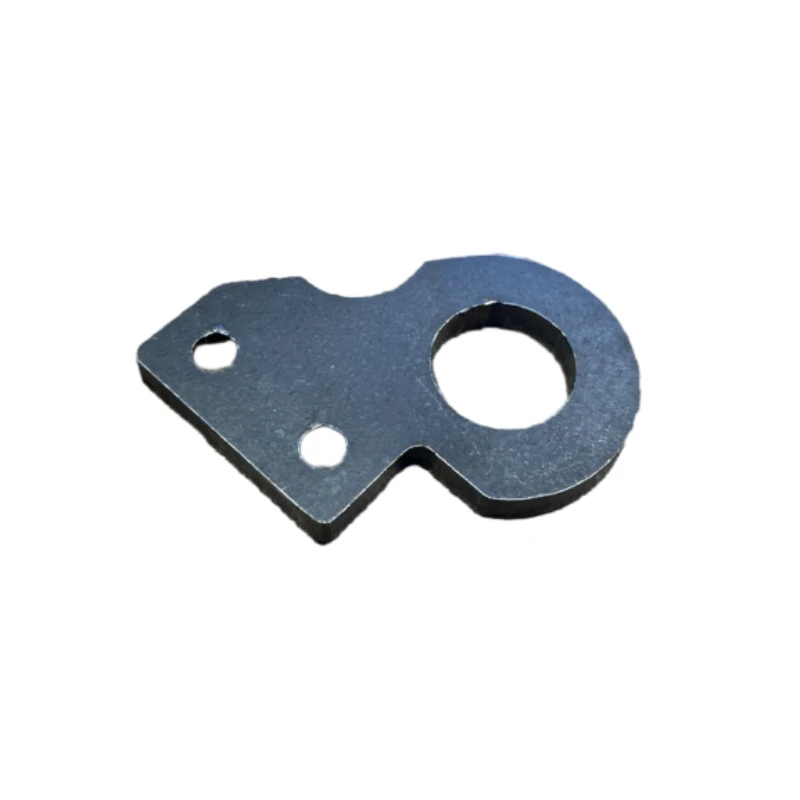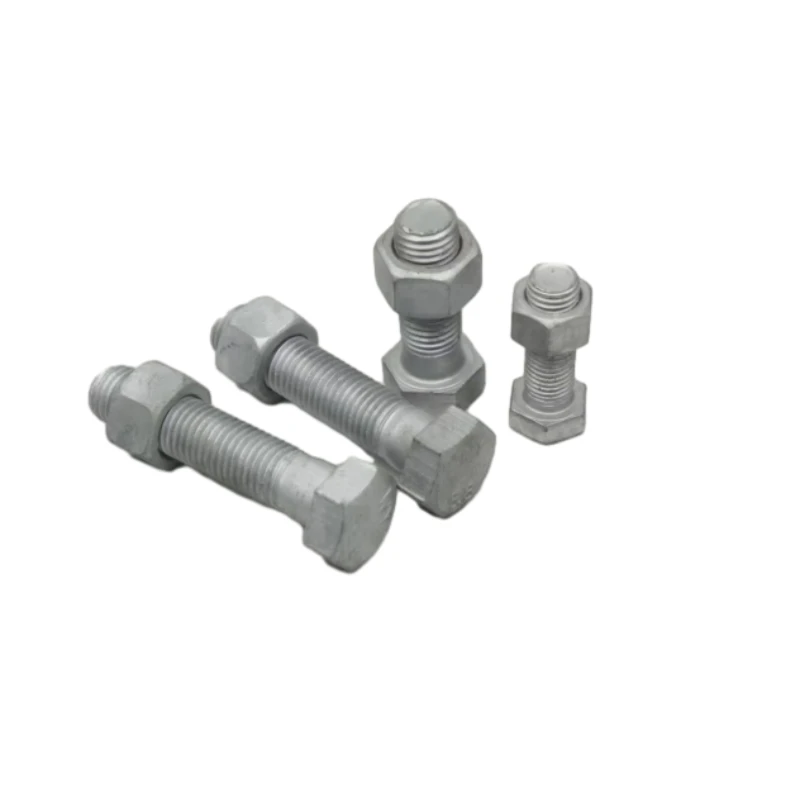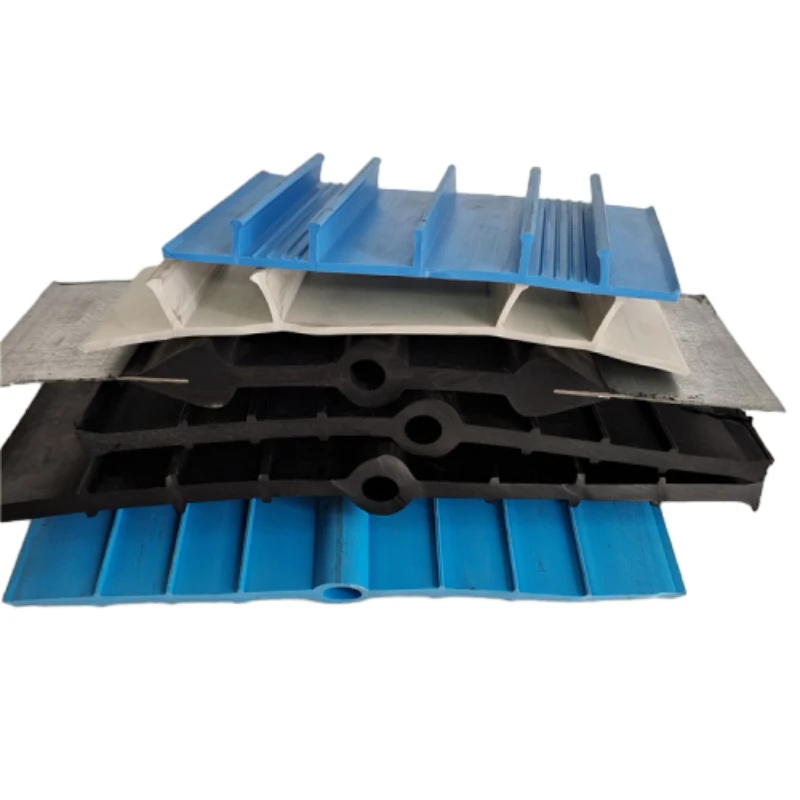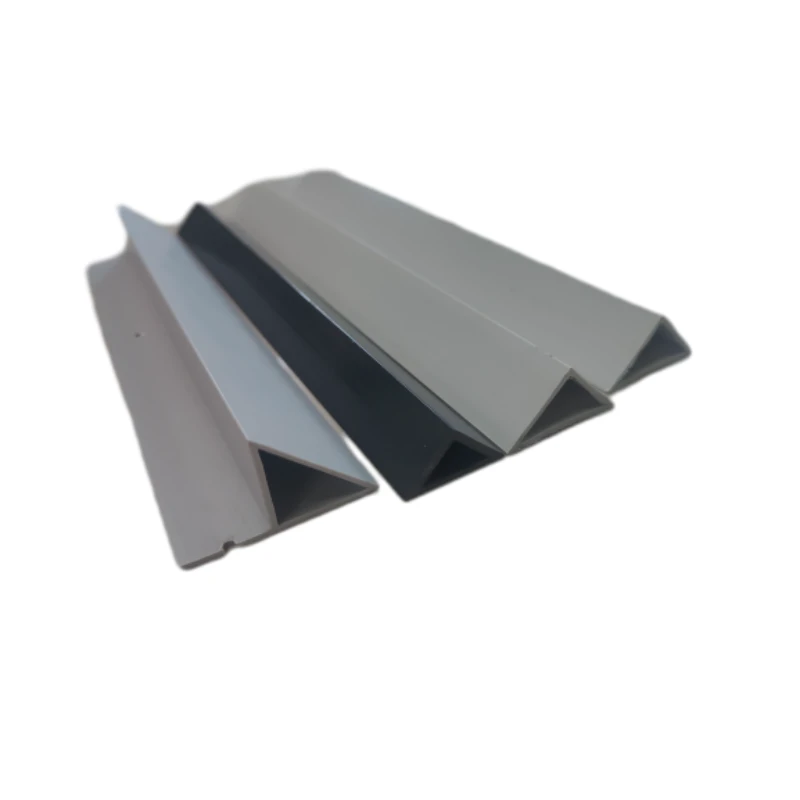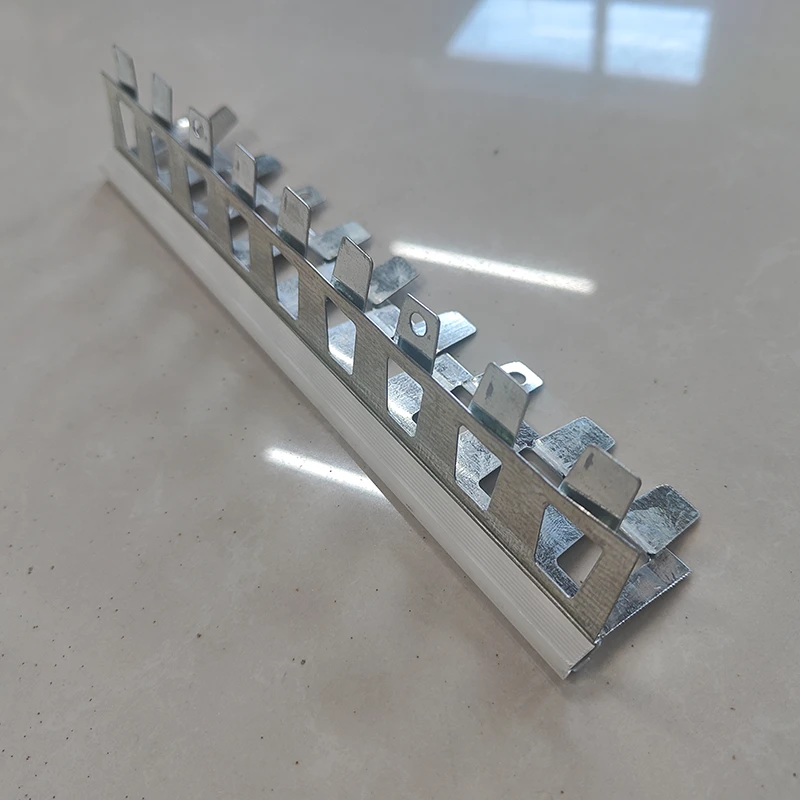- Phone: +86 132 8320 1810
- Email: annie@wrkgroup.ltd
-
- Afrikaans
- Albanian
- Amharic
- Arabic
- Armenian
- Azerbaijani
- Basque
- Belarusian
- Bengali
- Bosnian
- Bulgarian
- Catalan
- Cebuano
- China
- China (Taiwan)
- Corsican
- Croatian
- Czech
- Danish
- Dutch
- English
- Esperanto
- Estonian
- Finnish
- French
- Frisian
- Galician
- Georgian
- German
- Greek
- Gujarati
- Haitian Creole
- hausa
- hawaiian
- Hebrew
- Hindi
- Miao
- Indonesian
- Italian
- Japanese
- Javanese
- Malay
- Persian
- Portuguese
- Punjabi
- Russian
- Spanish
- Swahili
- Telugu
- Vietnamese
Jul . 25, 2025 08:01 Back To List
High-Quality Concrete Form Tie Solutions for Durable Formwork Systems
Tel: 132 8320 1810 | Email: annie@wrkgroup.ltd | Address: DEVELOPMENT AREA OF BOTOU, CANGZHOU CITY, HEBEI PROVINCE, CHINA
Introduction: What is a Concrete Form Tie?
In contemporary concrete construction, ensuring the stability of formwork during pouring and curing is of paramount importance. A concrete form tie is a vital component designed to secure, stabilize, and maintain the spacing of formwork panels under the immense pressures generated by wet concrete. This article provides an in-depth technical and industrial exploration of concrete form ties, their variants—such as concrete formwork snap ties, concrete formwork ties, concrete wall form tie, and the form tie formwork system—and introduces advanced solutions through industry-leading products.
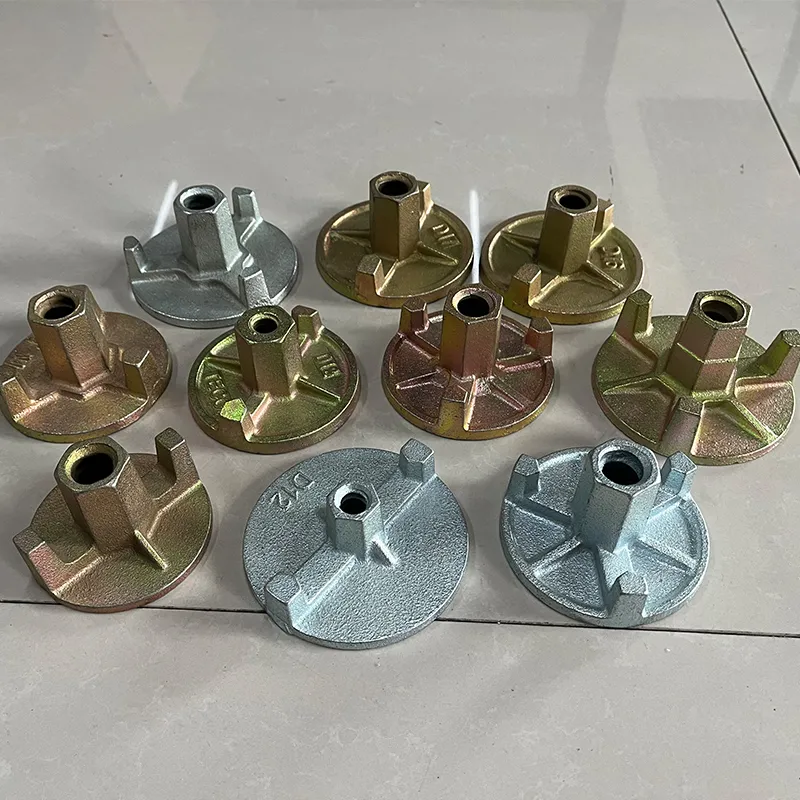
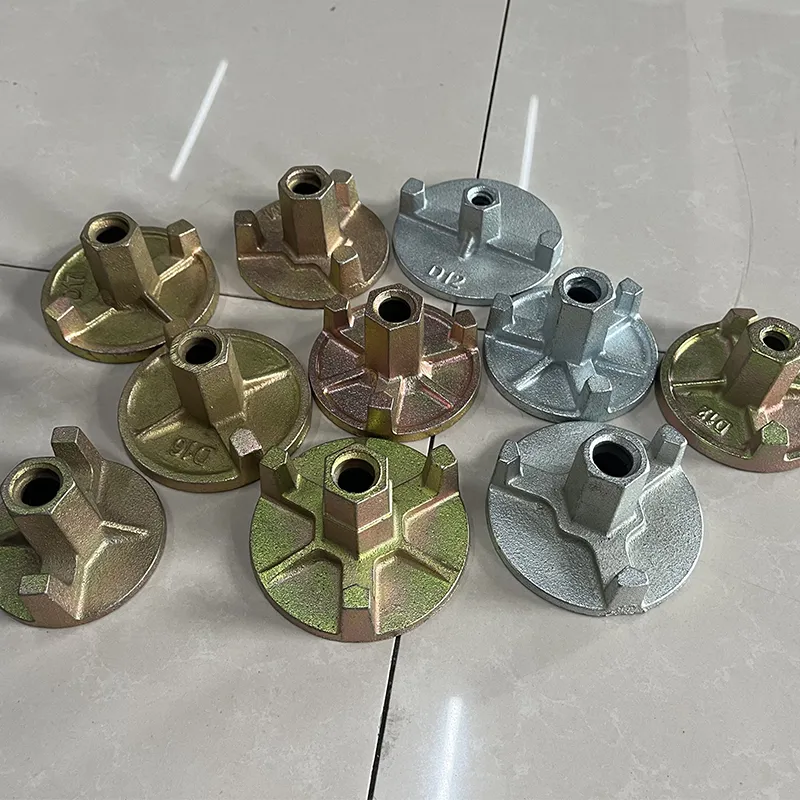
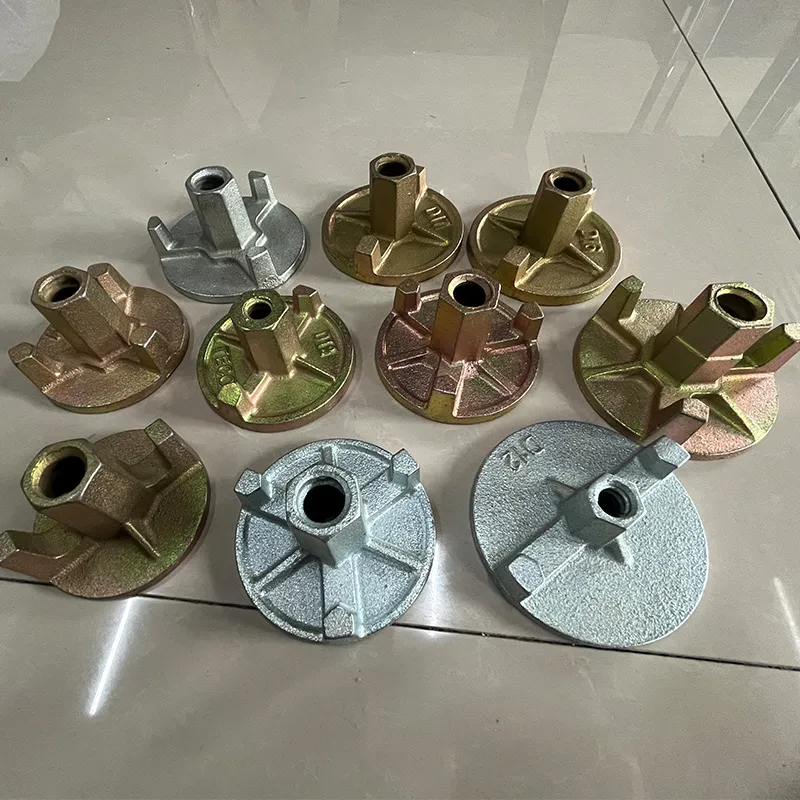

Industry Trends & Developments in Concrete Form Tie Technology
In recent years, advances in formwork engineering, materials science, and technological integration have propelled the concrete form tie market. The global demand for safe, reusable, and high-strength ties has risen, fueling innovations in alloy composition, corrosion resistance, ergonomic installation, and adaptability for complex shapes.
Leading forums like Concrete Construction Magazine and peer-reviewed studies (ScienceDirect: Concrete Formwork Innovations) document a growing shift toward modular systems and custom-engineered ties. Sustainability goals are also influencing manufacturers to offer recyclable and lower-carbon alternatives.
Comprehensive Technical Parameters for Concrete Form Tie Solutions
| Type | Material | Diameter (mm) | Breaking Load (kN) | Standard Length (mm) | Corrosion Protection | Application |
|---|---|---|---|---|---|---|
| Formwork Snap Tie | High Carbon Steel | 12-16 | 60-110 | 120,150,200 | Galvanized/HDG | Slab, Wall, Column |
| Formwork Tension Tie Rod | Q235/45# Steel | 15 | 90 | 150-2000 | Epoxy/Galvanized | Heavy-duty Wall |
| Formwork She-Bolt | Alloy Steel | 18 | 140 | 200-2500 | Stainless/HDG | Civil & Hydro Project |
| Form Tie Wing Nut System | Cast Iron & Steel | 15/20 | 120 | 160/210 | Anti-Rust Paint | Reusable System |
| Plastic Cone Tie | Plastic/Composite | 12 | 40 | 50-200 | n/a | Thermal Bridge Break |
Spotlight: Formwork Tie Nut by CANGZHOU WORLD CUP TRADING CO., LTD.
Product Introduction: Cast iron formwork tie rod wing nuts are essential components used in the construction industry, particularly within formwork systems. They are designed to secure and tighten formwork panels together, ensuring that these panels can withstand the pressure exerted during concrete pouring and curing. This process is crucial for maintaining the desired shape and structure of the concrete once it sets.
Formwork tie rod wing nuts are typically used in conjunction with formwork tie rods in various types of formwork systems.
Learn more: https://www.wrkformwork.com/formwork-tie-nut.html
Applications of Concrete Form Tie & the Form Tie Formwork System
- Concrete Wall Form Tie — Used to ensure stable spacing and verticality for cast-in-place walls, preventing bulging or collapse due to concrete pressure.
- Formwork Tie System — Adaptable to traditional timber, steel, modular, and tunnel formwork systems in building, civil, and infrastructure projects.
- Concrete Formwork Ties — Commonly deployed in bridge, dam, column and basement construction for structural integrity.
- Formwork Snap Ties — Preferred for lightweight, reusable panel systems, minimizing labor and enhancing speed.
- Hydraulic & Marine Structures — Special corrosion-proof ties are used for water-contact or marine engineering works.
Professional FAQ: Concrete Form Tie Technical Terms Explored
Q1: What is the typical material for a concrete form tie?
A: Usually, concrete form ties are made from high-carbon steel, Q235/45# steel, or ductile cast iron, offering high yield strength and resistance to mechanical deformation. Some projects require stainless steel or alloy-coated ties for enhanced corrosion resistance (AISC steel standard).
Q2: What are the standard diameters and lengths available?
A: Standard diameters range from 12mm to 20mm, with available lengths from 150mm up to 2,500mm, customizable for project requirements.
Q3: Are there certification or compliance standards?
A: Yes, compliance with EN 1065, BS 5975, ACI 347, and ISO 9001 ensures product safety, traceability, and performance in global construction projects (ACI FAQ).
Q4: What installation torque or tension should be applied?
A: Installation torque varies by tie type and diameter. For M16 wing nuts, 120–150 Nm is typical. Engineering design should verify actual required tension to resist concrete pressure.
Q5: How is corrosion protection achieved?
A: Surface finishes like hot-dip galvanizing (HDG), epoxy coatings, and polymer sheathing are common. Stainless steel ties are chosen for severe environments (Engineering Toolbox).
Q6: Can concrete formwork snap ties be reused?
A: Yes, many snap ties are designed for repeated use and rapid stripping. However, a visual check for bent segments or damaged threads is essential prior to each use to ensure safety.
Q7: What are "she-bolts" and how do they compare?
A: She-bolts are heavy-duty, reusable ties with a threaded steel section and removable cones, suitable for thicker walls, large loads, and when precise alignment is critical.
Formwork Tie Nut — Product Technical Indicators
| Parameter | Specification 1 | Specification 2 | Specification 3 |
|---|---|---|---|
| Thread Size | M12 | M16 | M20 |
| Weight (g) | 400 | 550 | 730 |
| Breaking Load (kN) | 65 | 90 | 120 |
| Corrosion Protection | Galvanized | Galvanized/Epoxy | Galvanized/Epoxy |
| Surface Finish | Black/HDG | Black/HDG | Black/HDG |
EEAT: Professionalism, Authority, Trustworthiness in Concrete Form Tie
CANGZHOU WORLD CUP TRADING CO., LTD. stands as a global authority in the concrete form tie sector. With ISO 9001 certification, decades of R&D, and references in industry publications like FormworkForum, the company's expertise enables tailored solutions for diverse construction challenges.
- State-of-the-art testing and traceability from raw material to finished product
- Comprehensive technical support, including on-site training and structural calculation assistance
- Sustainable and quality-certified supply chain management
References
Latest News
-
Top Scaffolding Coupler Types for Safe Construction | Complete GuideNewsJul.26,2025
-
Different Types of Bolt Nuts for Industrial Use | Quality & Wholesale SupplyNewsJul.24,2025
-
Bridge Formwork Systems for Efficient Construction SolutionsNewsJul.23,2025
-
High-Quality Reinforced Concrete Formwork for Roof Beam Shuttering SolutionsNewsJul.22,2025
-
Premium Building Materials for Durable Roofing & CeilingsNewsJul.22,2025

